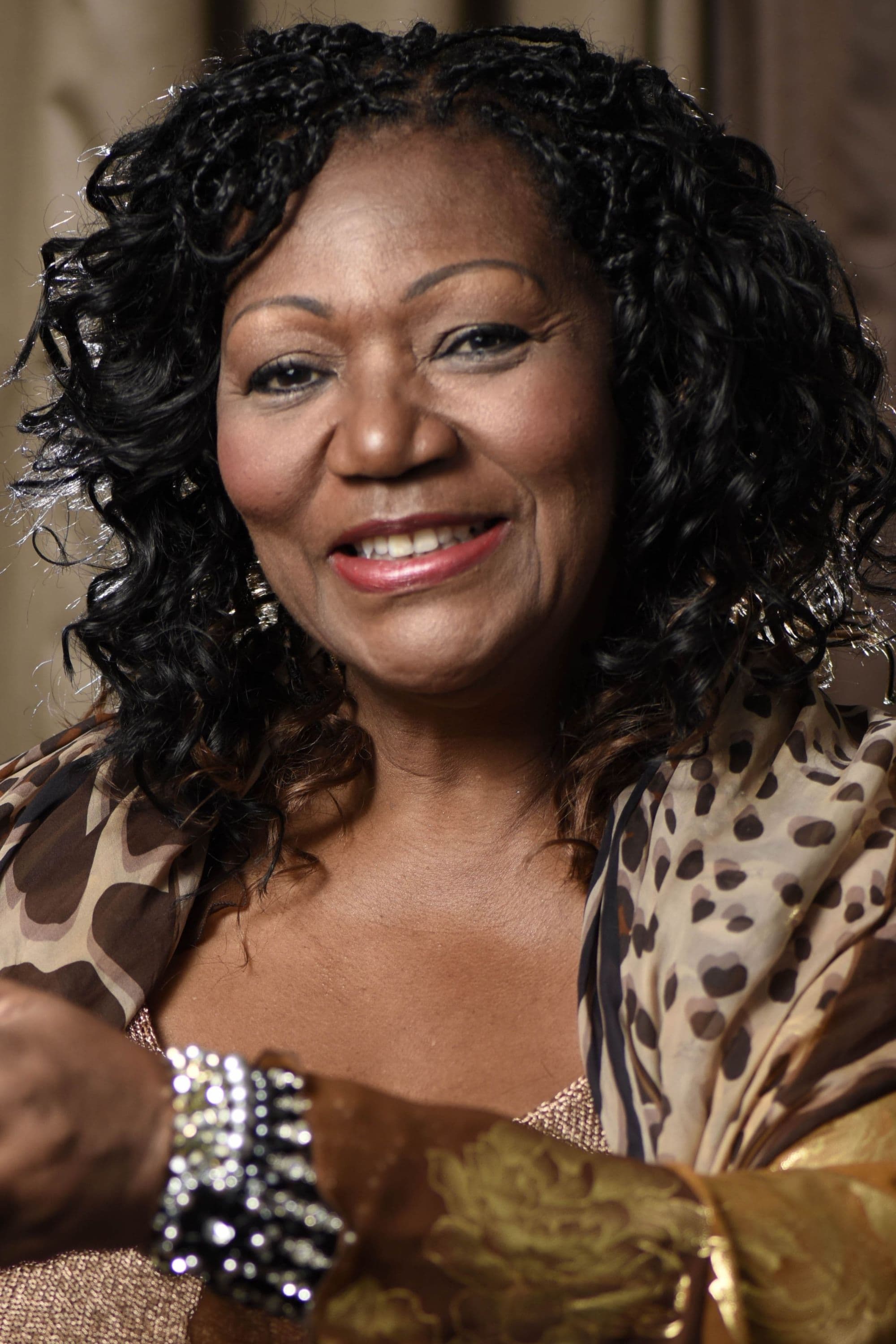

Elizabeth Rebecca Mitchell (born 12 July 1952) is a Jamaican-British singer, best known as one of the original singers of the 1970s disco/reggae band Boney M. Mitchell was born in Clarendon Parish, Jamaica. At the age of eleven, Mitchell and her family emigrated to London, England, in 1963; her childhood home was in the district of Harlesden. By the end of the decade, she auditioned for Hair and eventually moved to Berlin to join the German cast where she replaced Donna Summer. After Hair, Mitchell joined the Les Humphries Singers for a few years and represented Germany at the Eurovision Song Contest with the Ralph Siegel title "Sing Sang Song". The band was then reduced to only six singers (Liz was not one of them) for the show (their usual line-ups consisted of 20 performers and up) and came in 15th place with only 12 points, which they regarded as their beginning of the end as a band. A phone call from Katja Wolff agency in February 1976 persuaded Mitchell to return to Germany to join a new group being assembled by record producer Frank Farian which would become known as Boney M. Though the group's initial purpose was simply to lip-synch for TV and discothèque performances of Farian's song "Baby Do You Wanna Bump", Boney M. soon became a legitimate recording group with Mitchell, Marcia Barrett, and producer Farian as the vocal core. Mitchell became widely regarded as Boney M.'s lead vocalist. Farian later stated that "All members (of Boney M.) could be replaced, except Liz". Although Boney M was largely a Farian vehicle for his own songwriting, Mitchell is credited as co-composer of the Boney M song, "African Moon", which appeared on their album, Boonoonoonoos (1981). Though she did not contribute significantly as a songwriter, Mitchell's vocals are widely regarded as the most distinctive part of the Boney M. sound. Boney M. would disband in 1986. After the group split up shortly after their 10th anniversary in 1986, fellow group member Bobby Farrell convinced Mitchell, Maizie Williams and a replacement for Marcia Barrett to re-group for a tour in 1987. A recording contract for the group was also arranged. When Farrell and the replacement singer failed to show up for the rehearsals, Mitchell and Williams recruited singer Celena Duncan and dancer Curt Dee Daran for the tour. As Williams had never sung on Boney M.'s recordings, Mitchell ended up recording the scheduled album on her own. However, it proved difficult for Mitchell to find a record label to release the album, entitled No One Will Force You. It was released in Spain in the Autumn of 1988, supported by the singles "Mandela" (a re-work of Boney M.'s 1979 hit "El Lute") and "Niños De La Playa" (Children of the Beach). The latter was also released on Mega Records in Scandinavia where the group did a tour in October. By this point, Williams had been replaced by Carol Grey. At the same time, Simon Napier-Bell had produced a remix album of Boney M.'s greatest hits and wanted the original line-up to promote it. Mitchell reluctantly accepted the offer and Boney M. appeared together again on German TV, even though Mitchell's new line-up still had gigs to play. ... Source: Article "Liz Mitchell" from Wikipedia in English, licensed under CC-BY-SA 3.0.

The broadcaster puts together his perfect Christmas playlist, and talks...

In May 1974, Valéry Giscard d'Estaing became President of the...

An unofficial sequel to the movie "Ivan Vasilyevich Changes His...